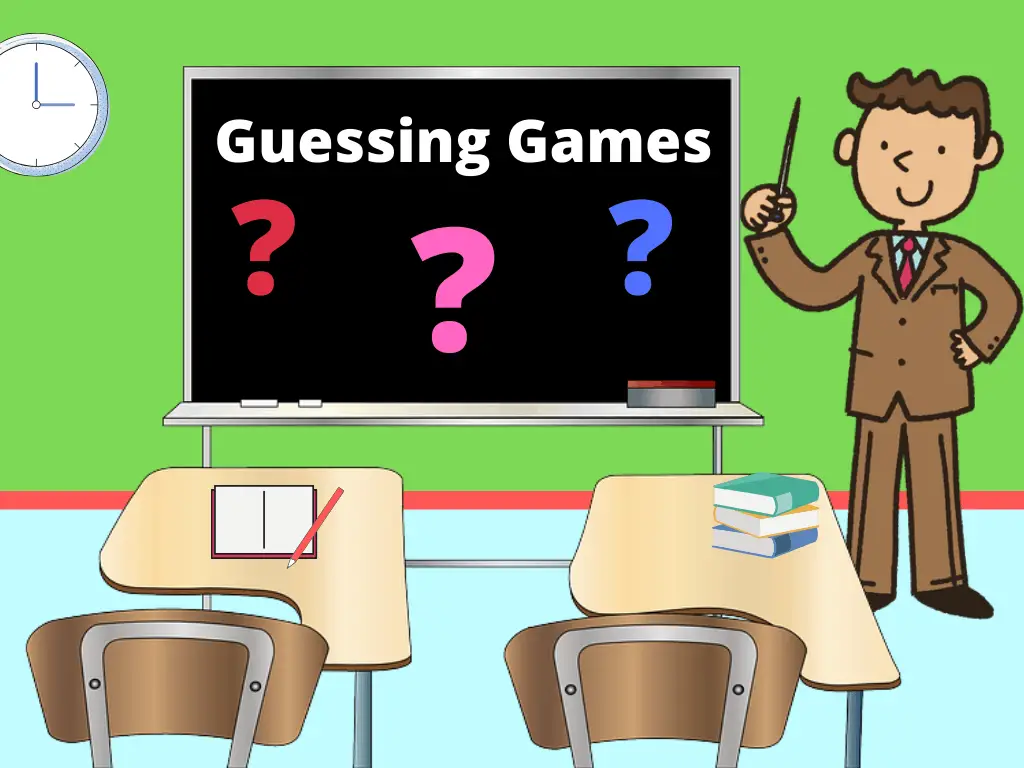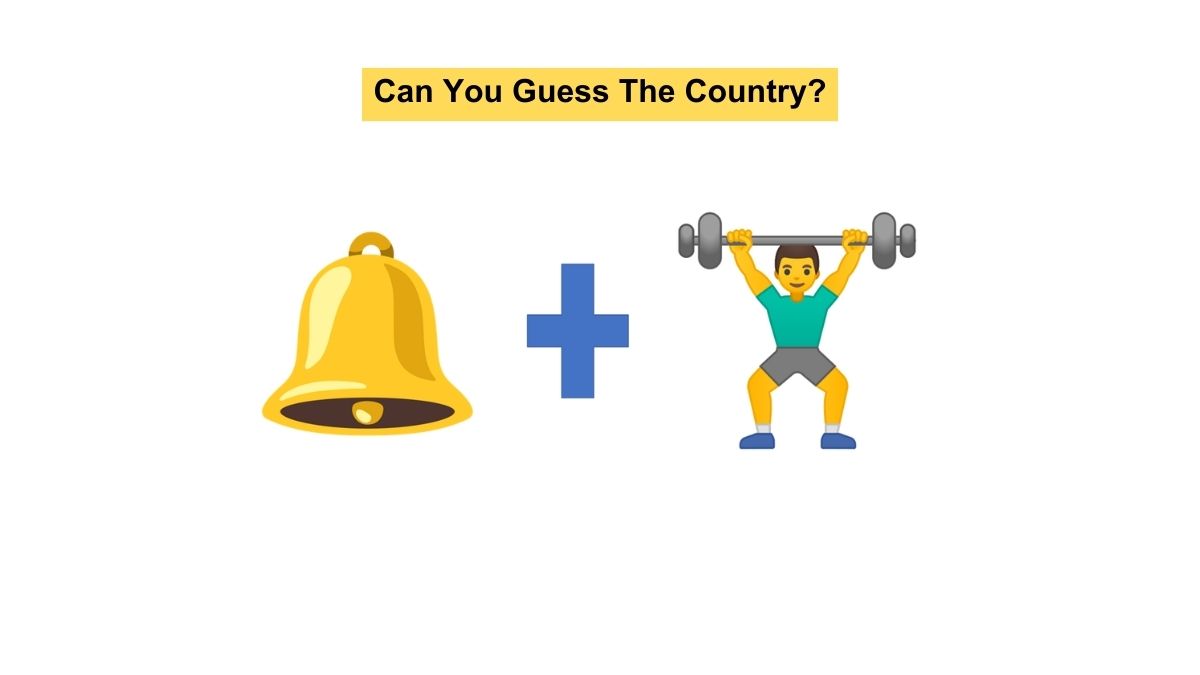
Guess the Picture Games: Ideas and Guidelines
Learning a new language can be tough due to issues like difficulty in memorization, limited chances to use the language practically, and sometimes, a lack of interest. These obstacles often slow down the overall process of grasping a new language. The “Guess the Picture” game offers a unique way to tackle language learning. It involves showing learners images connected to specific words or concepts, encouraging them to figure out and express the related vocabulary.
The Power of Visual Learning
Importance of Visual Aids in Education
Studies consistently highlight the significance of visual aids in education, proving that visual elements can make complex ideas easier to understand. Visuals engage learners more deeply, making educational concepts more accessible.

How Visuals Enhance Memory and Retention
Visual memory is a crucial part of the learning process. By tapping into the cognitive processes linked with visual memory, educators can facilitate a deeper and more lasting understanding of language elements.
Relevance of Visual Learning in Language Acquisition
Visual learning is especially relevant in language learning as it aligns with the way the brain naturally processes information. Integrating visual cues into language lessons helps bridge the gap between abstract words and concrete, real-world associations.
See also:
Why ‘Guess the Picture’ Games matters?
Vocabulary Reinforcement by applying “Guess the Picture” Games
Engaging with words through visuals gives learners a hands-on experience. This method encourages active participation and helps solidify vocabulary in memory by connecting words with actual images.

Encouraging Critical Thinking
The “Guess the Picture” game sparks critical thinking by requiring learners to analyze and interpret visual clues. This process encourages analytical thinking, fostering a deeper understanding of language concepts.
Fostering a Positive Learning Environment by applying “Guess the Picture” Games
Introducing games like “Guess the Picture” creates a positive and enjoyable atmosphere for learning. The interactive and entertaining nature of the game boosts motivation, making language learning a more enjoyable experience for learners of different ages.
Who is suitable for “Guess the Picture”?
The “Guess the Picture” game is versatile and can be tailored to various age groups and language proficiency levels. Here are some suggestions for different contexts:
Children and Early Learners:
- Age Group: Preschoolers, elementary school students.
- Benefits: Enhances vocabulary, encourages early language development, and makes learning fun through visual engagement.
- Implementation: Use simple and colorful images, focus on basic everyday objects, and incorporate themes that appeal to young learners.

Intermediate Learners:
- Age Group: Middle school to high school students.
- Benefits: Reinforces vocabulary for more complex topics, encourages critical thinking, and promotes communication skills.
- Implementation: Include images related to school subjects, daily activities, and common interests of the age group. Introduce more abstract concepts for a challenge.
Adult Learners – Target for “Guess the Picture” Games:
- Age Group: College students, working professionals.
- Benefits: Enhances vocabulary in specific fields, fosters communication skills, and makes language learning enjoyable for adults.
- Implementation: Tailor images to professional or academic contexts, incorporate relevant themes, and use diverse visuals to cater to a more mature audience.
English as a Second Language (ESL) Learners:
- Age Group: Varied, including teens and adults.
- Benefits: Reinforces language skills, builds vocabulary for daily communication, and aids in overcoming language barriers.
- Implementation: Use images related to common scenarios, essential daily activities, and culturally relevant items. Include a mix of concrete and abstract visuals.

Advanced Learners – Target for “Guess the Picture” Games:
- Age Group: College-level and beyond.
- Benefits: Challenges advanced vocabulary, promotes critical thinking, and encourages nuanced language use.
- Implementation: Select images that represent complex concepts, abstract ideas, or idiomatic expressions. Create scenarios that require detailed verbal descriptions.
Adapting the game to different age groups ensures that it remains engaging, relevant, and effective for learners at various stages of their language development.
How to implement Guess the Picture for Children and Early Learners?
Implementing “Guess the Picture” for children and early learners involves creating a fun and interactive environment that aligns with their developmental stage. Here’s a step-by-step guide:
Step 1: Select Appropriate Themes and Vocabulary
- Choose themes that resonate with young learners, such as animals, colors, shapes, or everyday objects.
- Pick vocabulary that is simple and familiar to their daily experiences.
Step 2: Prepare Visuals
- Create or gather visually appealing images that represent the chosen vocabulary.
- Ensure the images are clear, colorful, and age-appropriate.
Step 3: Introduce the “Guess the Picture” Games
- Start with a brief explanation of the game, using simple language suitable for the age group.
- Demonstrate the concept of associating words with images through a few examples.
Step 4: Group or Individual Play
- Decide whether the game will be played individually or in small groups.
- For groups, encourage collaboration and discussion.
Step 5: Display the First Picture
- Show the first picture to the children, making sure it’s visible to everyone.
- Ask open-ended questions like, “What do you see in the picture?” to prompt discussion.
Step 6: Encourage Guesses
- Encourage children to guess the word associated with the picture.
- Provide positive reinforcement for participation, even if the answer is incorrect.
Step 7: Reveal the Word
- Once guesses are made, reveal the correct word and repeat it several times.
- Encourage children to repeat the word after you to reinforce pronunciation.
Step 8: Repeat with More Pictures
- Proceed to the next set of pictures, repeating the process.
- Keep the atmosphere lively and engaging.
Step 9: Use Variations
- Introduce variations like incorporating movement (e.g., acting out the word) or using flashcards.
- Keep the game dynamic to maintain interest.
Step 10: End with Positive Reinforcement
- Conclude the game with positive reinforcement and praise for participation.
- Consider incorporating a reward system, such as stickers or small treats.
Tips for “Guess the Picture” Games:
- Keep Sessions Short: Children have shorter attention spans, so keep each session brief and focused.
- Be Animated: Use expressive facial expressions and gestures to make the game more engaging.
- Repeat Frequently: Regular repetition helps reinforce vocabulary.
By following these steps and adapting them to the specific needs and preferences of the children, “Guess the Picture” can become an effective and enjoyable tool for early language learning.
10 Creative ideas for “Guess the Picture” Games

Adding creativity to “Guess the Picture” games can make the learning experience more engaging and enjoyable for participants. Here are some creative ideas to enhance the game:
1. Storytelling Adventure for “Guess the Picture” Games:
- Create a series of images that tell a story when combined.
- Participants guess the storyline and narrate it using the vocabulary associated with each image.
2. Mystery Bag Challenge:
- Place different items inside a bag without revealing them.
- Participants feel the items and guess the vocabulary based on touch. Connect the tactile experience with words.
3. Outdoor Scavenger Hunt:
- Take the game outdoors and hide pictures around the area.
- Children find the hidden pictures and guess the associated words.
4. Musical Guess:
- Attach pictures to musical notes or cards.
- When the music stops, participants pick a card, guess the word, and share a sentence using it.
5. Puzzle Pieces for “Guess the Picture” Games:
- Create puzzle pieces of images, and participants assemble them.
- As they connect the pieces, they guess the complete image and associated vocabulary.
6. Picture Charades:
- Participants act out the word associated with the picture without speaking.
- Others guess the word based on the actions.
7. Roll the Dice:
- Assign different images to each side of a dice.
- Participants roll the dice, guess the corresponding image, and use the word in a sentence.
8. Interactive Whiteboard Game for “Guess the Picture” Games:
- Use an interactive whiteboard or tablet to display images.
- Participants can physically point to the correct image to make their guesses.
9. Collaborative Mural:
- Provide a large paper or mural and distribute picture cards.
- Participants work together to create a mural, arranging the pictures in a meaningful order and guessing associated words.
10. Guess the Sound for “Guess the Picture” Games:
- Play sounds related to the images without showing them.
- Participants guess the word associated with the sound and then match it with the correct image.
